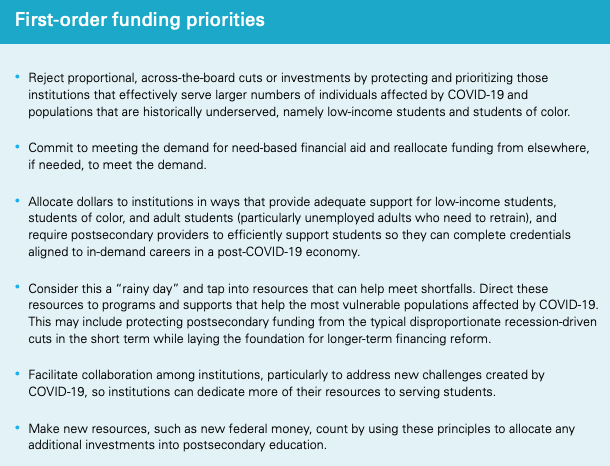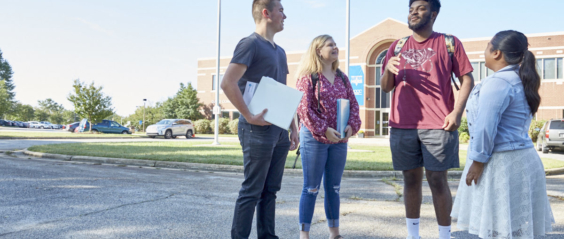Need to know: COVID-19
- As of Friday, November 20, there were 328,846 confirmed cases. See cases by county here.
- The share of positive tests as a percentage of total tests is 8.3%.
- Next week is Thanksgiving. CDC officials are urging people not to travel or gather in groups outside your immediate family. Here is what NC DHHS is recommending to be safe.
Dropping knowledge
A new CDC study looks at Duke University’s COVID-19 response this fall and holds lessons for other colleges and universities. The key to their success: frequent asymptomatic testing combined with contact tracing. How did they do it?
The university used pooled testing, a strategy that enables large-scale testing at a lower cost by combining samples. By September 20, the school was testing residential undergraduates twice weekly, off-campus undergraduates one to two times per week, and graduate students once a week. They also targeted testing to locations or cohorts where data suggested an increased risk for transmission.
From August 2-October 11, they had tested 68,913 specimens from 10,625 students. Of those, 84 specimens were positive, half of which were from students with no symptoms — highlighting the importance of asymptomatic testing. According to the report, only 6% of colleges with in-person classes and approximately 5,000 undergraduates routinely tested their students this fall. Read the rest of the report for more.
For your consideration
The Lumina and Gates foundations released a new report urging state policymakers to rethink “across-the-board” funding cuts to higher education, such as those that occurred during the Great Recession. “Not only would another round of higher education cuts hamper our economic resiliency, it would also increase inequality,” the report states.
They outline a framework to help policymakers make strategic budget decisions, guided by the following principles:
- Prioritize funding for institutions that can best serve Black, Hispanic, Native American, and low-income students and those institutions that provide timely opportunities for unemployed or underemployed individuals to reskill.
- Protect and expand need-based financial aid through increased or reallocated investment.
- Support programs and strategies that advance students’ ability to complete credentials.
- Expand resources and invest differently to drive economic growth.
- Evaluate and improve system and institutional cost structures.
They also set out a number of “essential ‘first order’ priorities.”
 Read the full report to see their recommendations for each principle.
Read the full report to see their recommendations for each principle.
Tell us how we’re doing
EducationNC is turning 6, and we are thinking about our work and our impact in North Carolina. How are we doing? What changes or improvements would you like to see?
Let us know what you think in this short survey. Your responses will inform our work moving forward. And, if you leave your name and email in the final question, you’ll have a chance to receive one of five $10 Amazon gift cards. Thank you!
What we're reading
Our state deserves to know the finalists for president of the North Carolina Community College System
EdNC's Nation Hahn argues that the the search for a new president of the North Carolina Community College System should be more transparent. ... Read the rest-
How election results get certified
-
‘Gigafactory’ campus for vaccine production, hundreds of jobs coming to Triangle
-
Even with protections, thousands in NC face eviction
-
Nearly All States Suffer Declines in Education Jobs
-
Lockdown has affected your memory – here’s why
-
The Last Children of Down Syndrome


